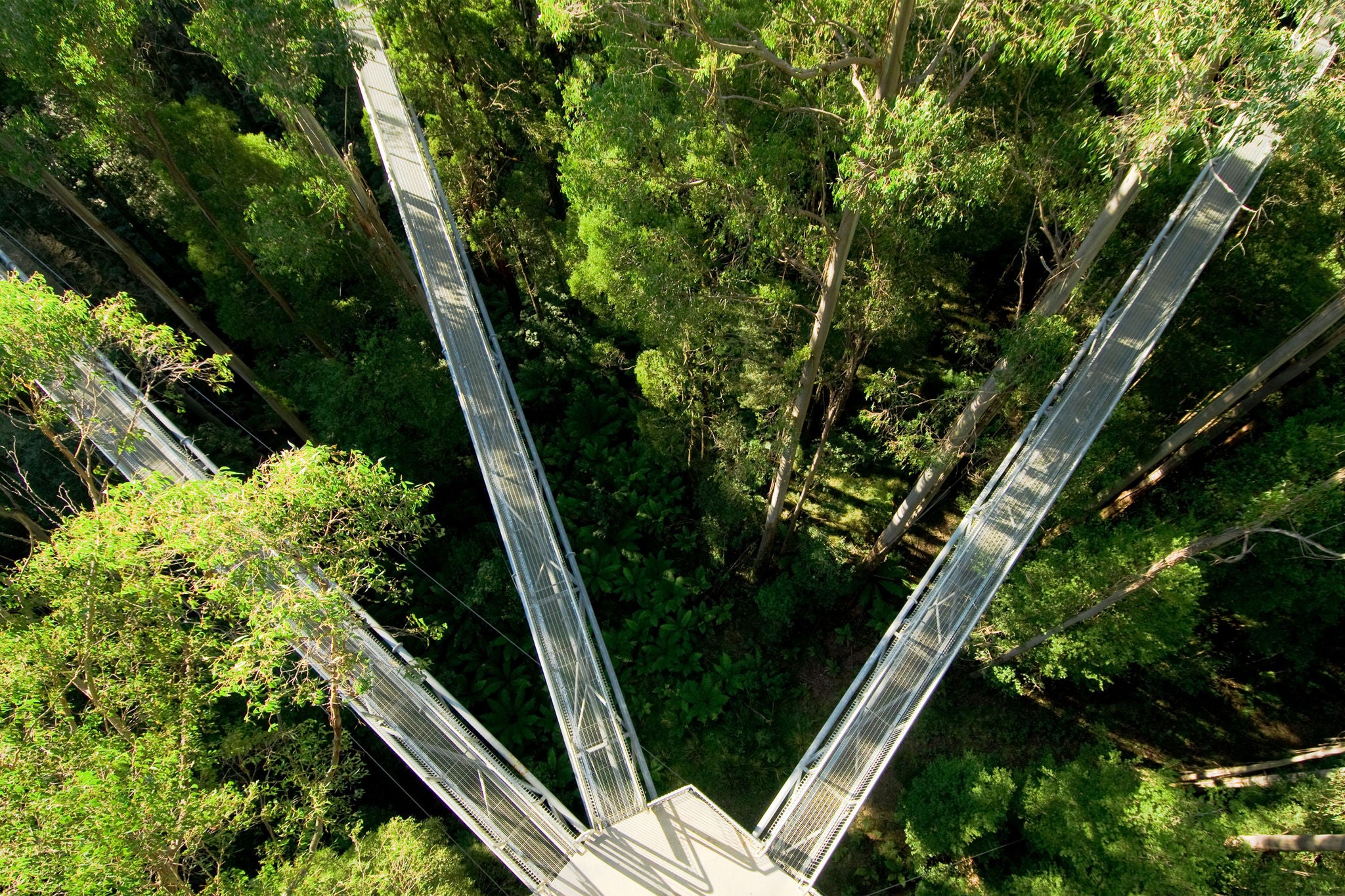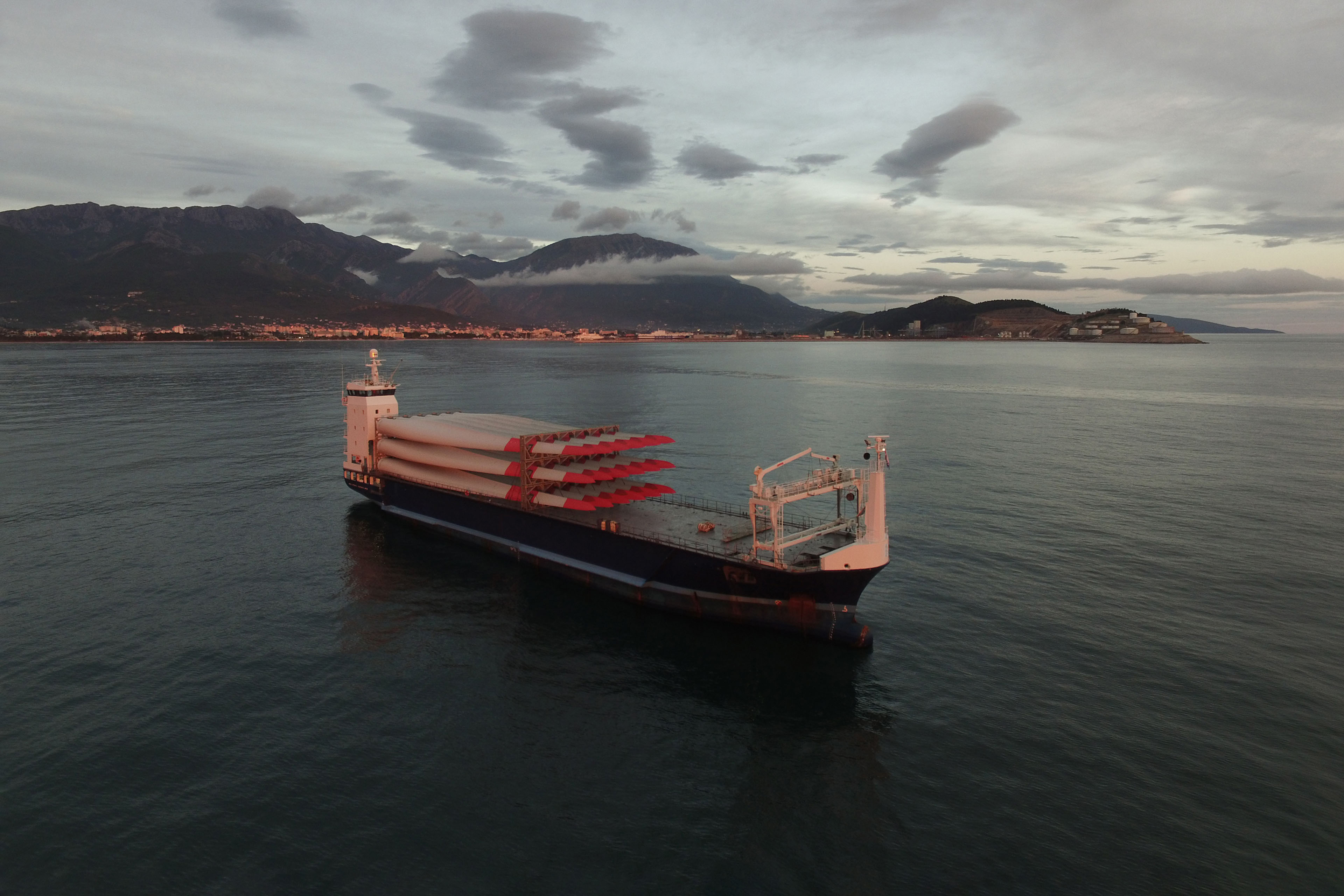EY refers to the global organisation, and may refer to one or more, of the member firms of Ernst & Young Global Limited, each of which is a separate legal entity. Ernst & Young Global Limited, a UK company limited by guarantee, does not provide services to clients.
How EY can help
-
Our Corporate Finance consultants leverage deep financial and capital markets experience to help CFOs drive sustainable value. Learn more.
Read more
- ESG and sustainability aspects drive transactions
Public sentiment has undergone a transformation, with a heightened awareness of "green" and "sustainable" investing. The International Sustainability Standards Board (ISSB) is working on developing comprehensive global sustainability standards to meet the needs of investors and financial markets. As organizations prioritise reporting efforts, engage in discussions on ESG and sustainability considerations throughout the value chain and develop ESG frameworks, we observe that transactions are being progressed or abandoned based on these sustainability aspects. Transactions that don’t meet clients ESG frameworks are not pursued unless an alternative future use strategy of the asset that meets the sustainability framework can be developed.
- Energy transition towards more eco-friendly infrastructure
As the world shifts away from traditional energy sources like coal and gas, infrastructure assets related to these sectors face challenges. The abandonment of coal has a cascading effect on adjacent infrastructure, such as coal mines. The energy transition from gas to renewable electricity, accompanied by changes in consumer behaviour and household energy sources, is also in motion. Ensuring network stability during this transition period is a complex task.
The gradual yet insufficiently quick progression of eco-friendly infrastructure, coupled with challenges in efficient energy storage, contribute to the complications in achieving sustainability objectives. The EY Renewable Energy Country Attractiveness Index (RECAI) of November 2023 highlights Australia’s investment initiatives, such as building one of the largest batteries worldwide. This greatly influenced Australia’s leap from 7th to 5th place in the latest RECAI ranking. Notably, Australia has received federal permission to construct a 1.2GW energy storage battery in Melbourne, expected to be operational by 2025.
However, these significant projects come with a heavy price tag and demonstrate the necessity to multiply the current annual renewable investment rates fourfold to reach Australia’s net-zero goal by 2050. Additionally, a recent study by EY underscores a requirement for an approximate investment of $50 billion by 2035 to facilitate this transition, further illustrating the financial burdens tied to Australia's shift towards a net-zero emissions environment.
We welcome the policy initiative by eight of the largest Australian super funds in November 2023 to help superannuation investments focused on Australia’s energy transition, which estimates approximately $12 billion a year to be spent until 2050 in the electricity sector alone. A large portion of this investment will necessitate significant capital input over extended periods, which aligns well with Australian superannuation funds that are equipped to provide financing for the long-term.
Recent market activities by contrarian investors even illustrate the potential attractiveness of investments in assets with definitive lifespans, offering a potential for high returns within their remaining operational tenure. These investors are, in fact, betting on the prospect of extending the operational life of these assets followed by scenarios of alternative use of the land and buildings. In contrast, major mining companies are actively seeking divestment and have a clear exit strategy.
- Digital infrastructure revolution has just started
In times dominated by video streaming applications, artificial intelligence (AI), and the Internet of Things (IoT), Australia finds itself at the forefront of a digital revolution to build a resilient digital infrastructure for the years to come. Significant investment is required to support this surge in data consumption. One of these investment avenues are data centres, which thanks to growing demand for data, coupled with a heightened focus on data sovereignty, has seen and is expected to result in increased deal activity.
Australia’s key telecommunication players have divested their fibre and tower assets to free up capital to improve their mobile networks, particularly in the rollout of 5G. The security offered by long-term contracts and the industry's resilience to economic fluctuations has attracted infrastructure funds and private equity firms seeking stable returns, and resulted in high valuation multiples.
As the race to enhance mobile networks intensifies, operators are increasingly opting for collaborative solutions. Mobile network sharing arrangements have become a strategic avenue, enabling operators to pool resources and share network costs. This approach not only fosters industry collaboration but also optimizes resource utilization in the pursuit of an efficient and expansive digital network.
- Adaptable infrastructure in smart Australian cities
The COVID-19 pandemic has reshaped living and working patterns, with people initially fleeing crowded cities for remote areas and hometowns. The EY Work Reimagined 2023 survey showed that offices become hubs for social connections, team-building and cultural experiences enticing employees to return to urban centres, highlighting the urgent need for more adaptable infrastructure in smart cities around Australia. This demand encompasses addressing transportation challenges, from smart traffic management systems to electric vehicle charging networks, promoting sustainability and efficiency.
Australia, at the forefront of the smart city revolution, redefines urban living through technology, catching up with the EV revolution, and data-driven decision-making, ultimately paving the way for more connected and efficient cities.
- Green subsidy race
The global green subsidy race, exemplified by the US Inflation Reduction Act setting aside more than AU$500bn, diverts attention and capital from Australia. Governments worldwide are offering multi-billion-dollar subsidies to attract sustainable investors, raising questions about how this could impact infrastructure investment dynamics in and away from Australia.
One crucial element to consider in this dynamic is the role of rare earth minerals. Rare earth minerals, vital for renewable tech like wind turbines and EV batteries, have substantial global and economic value. Australia, rich in these resources, is positioned as a potential hub for their production and supply, given the surging demand driven by the global shift toward clean energy and electric mobility. This creates a unique opportunity for Australia to attract investments for rare earth mining and processing facilities.





